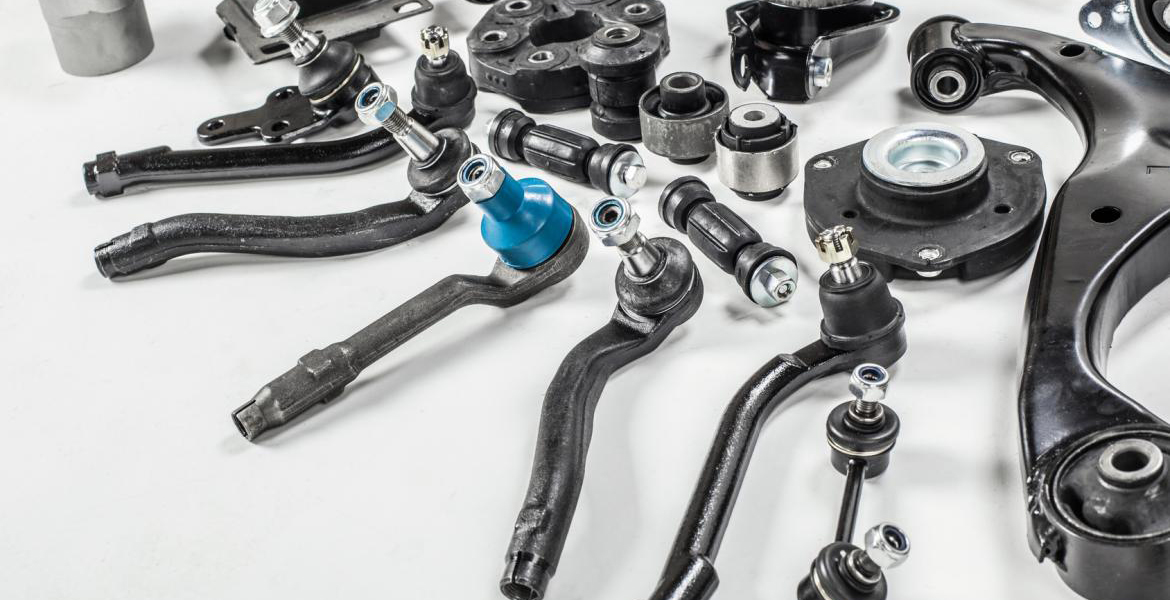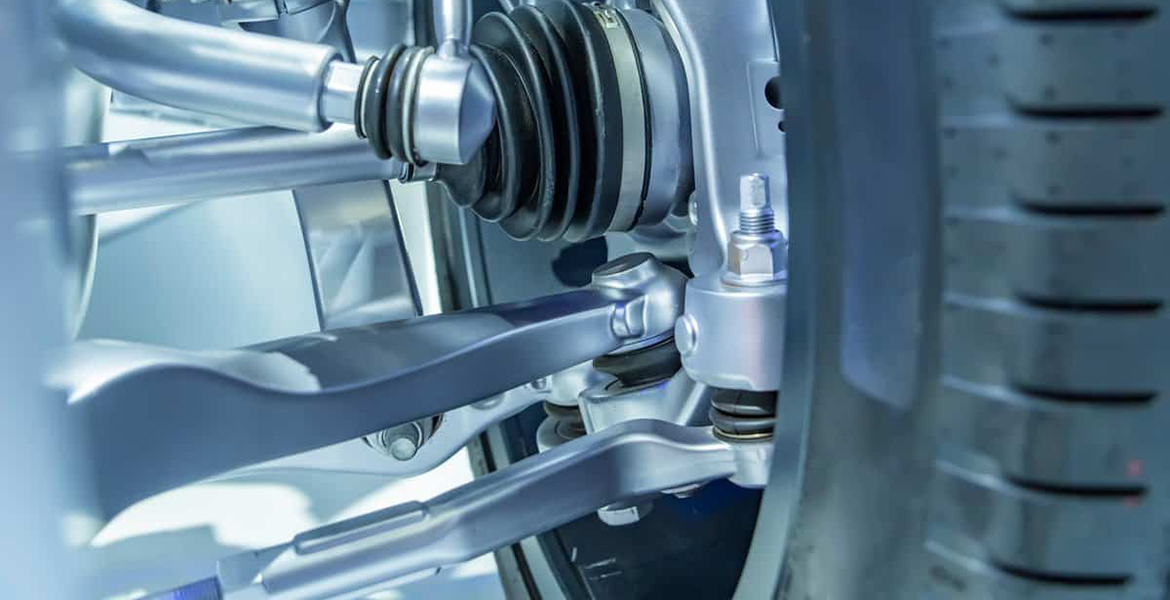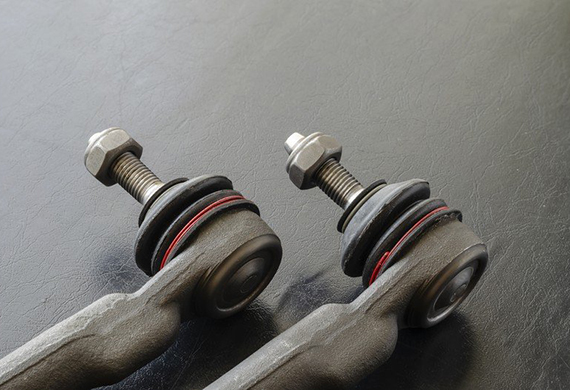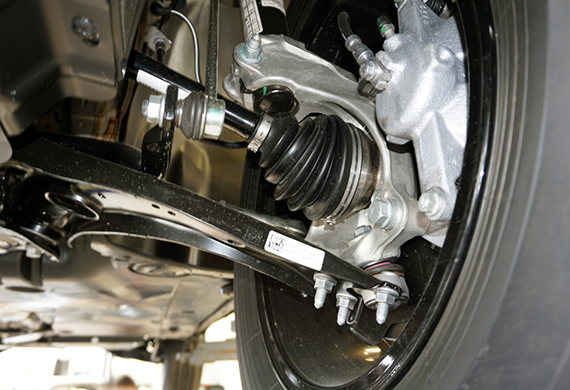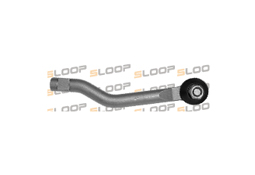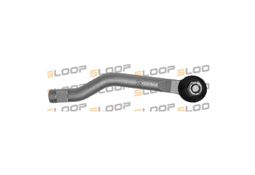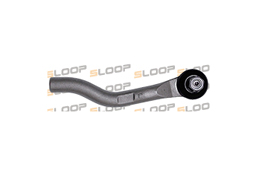Tie Rod End
- Home
- Products
- Tie Rod End
A component of steering system
A tie rod end is a crucial component in the steering mechanism of a car. It connects the steering system to the wheels and allows the driver to control the direction of the car. The tie rod end consists of two main parts: an inner sleeve, which is threaded on both ends, and an outer ball joint, which is connected to the inner sleeve via a stud. The ball joint allows for smooth movement and provides pivot points for the suspension components. The tie rod end is designed to withstand the various forces and loads generated during driving, and is usually made from high-strength materials such as steel or aluminum.
The tie rod end is located at the outer end of the steering arm and is connected to the steering knuckle, which is part of the suspension system. The tie rod end is typically attached to the steering knuckle with a nut and bolt or a pinch bolt, and is held in place by a castle nut and cotter pin. It is important to regularly inspect the tie rod ends for wear or damage, as worn or damaged tie rod ends can cause excessive play in the steering and negatively impact handling and stability. In the event of wear or damage, the tie rod end should be replaced to ensure safe and reliable steering.
Customized Service
Excellent
Excellent material, Cast Molding
Custom
Custom Color, Professional Processing
Shipping
Complete Packaging, Efficient Shipping
Quality
Quality Assurance, Inspection Procedures
